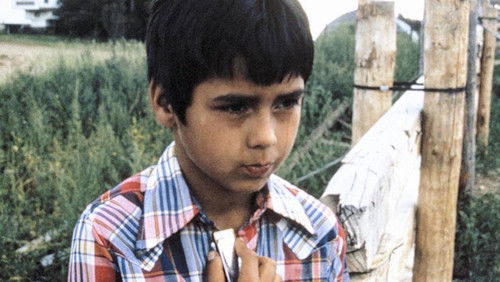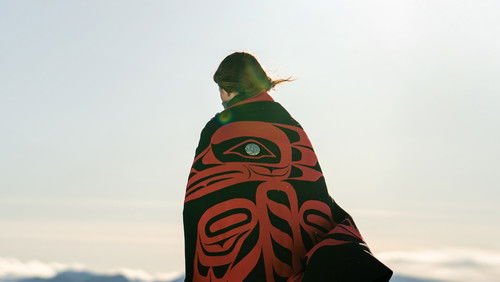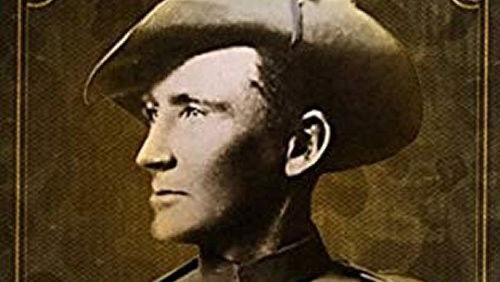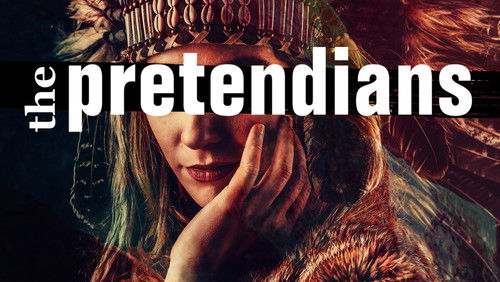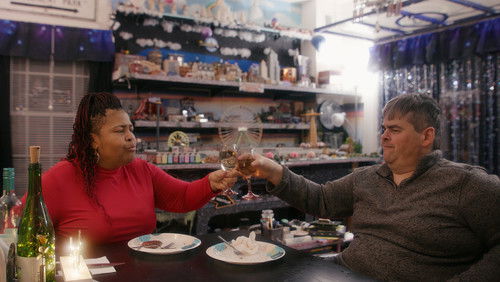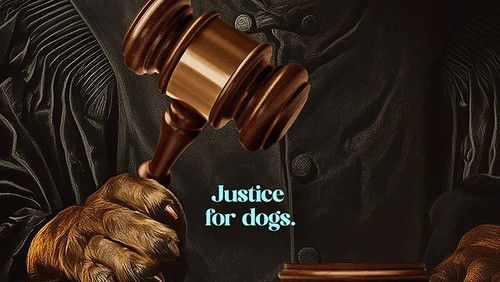Angry Inuk (2016)
54KAngry Inuk: Directed by Alethea Arnaquq-Baril. With Alethea Arnaquq-Baril, Aaju Peter. An Inuk filmmaker takes a close look at the central role of seal hunting in the lives of the Inuit, the importance of the revenue they earn from sales of seal skins, and the negative impact that international campaigns against the seal hunt have had on their lives.
“A well made documentary that covers the controversial issue of seal hunting from a largely overlooked perspective: that of the Inuit. In a region where conventional, supermarket food is either unavailable or incredibly expensive, they depend on hunting, including seal hunting, for food, and rely on the sale of sealskins for an income, enough to cover essentials like ammunition and gasoline for their snowmobiles. This precarious economy was disrupted when animal rights activists, outraged by the Atlantic baby seal hunt, succeeded in having sealskins banned in Europe. The ban caused what is described as the Inuit version of the Great Depression. Widespread poverty, forced relocation, and even an increase in suicide resulted. u003cbr/u003eu003cbr/u003eThe film covers the realities of seal hunting among the Inuit, simply but clearly. It explains why hunting is indispensable in this northern environment, and its significance to Inuit culture. When a seal is killed, its meat feeds not only one family, but typically is shared among the entire community. Seal hunting, including the sale of by-products like sealskin, is described as u0026quot;an ethical and sustainable economy that feeds people…u0026quot; We see that the sale of sealskins is, in most cases, a home business, rather than a huge, money-making industry. Individuals prepare, dry, and sell the sealskins to provide what is often the sole source of money for the family. The film follows a group of Inuit representatives as they work to publicize the suffering the sealskin ban inflicts on their people, to convince animal-rights activists that their actions have tragic consequences for the Inuit, and even address the European Union prior to a vote on the seal ban. Their efforts are often ingenious, although they admit that it is difficult to even convince Europeans to acknowledge Inuit concerns as significant, or to distinguish Inuit hunting from animal cruelty. u003cbr/u003eu003cbr/u003eAn interesting part of the film is a digression into cultural differences which hold the Inuit back from successful opposition. The Inuit have a strong cultural aversion to conflict and to open expressions of anger. This gives the anti-sealers a constant advantage during public demonstrations, something the Inuit representatives try to find ways around. u003cbr/u003eu003cbr/u003eThe film succeeds brilliantly in getting the concerns of the Inuit people across to an audience largely unfamiliar with their way of life, and possibly ignorant of how the seal ban has affected them. Their love of their northern landscape, their sense of community, their determination to preserve their way of life, are all expressed clearly, and should gain the sympathy of all but the most intractable viewers. Writer/director Alethea Arnaquq-Baril serves as guide and narrator, making a rarely heard perspective accessible to all.”
